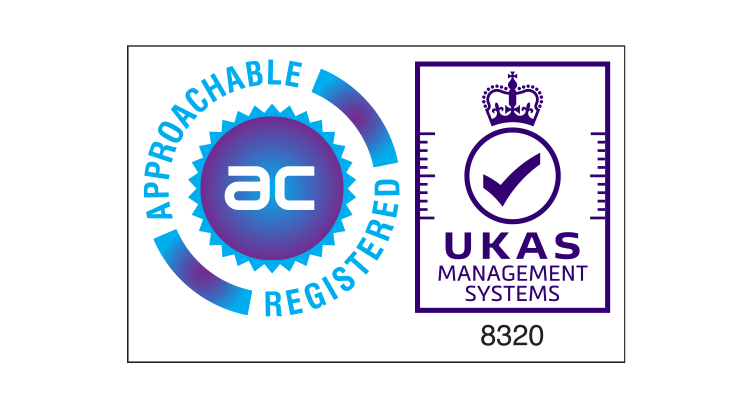It’s a fact of modern life that more and more industries are working around the clock to deliver a 24-hour service. One natural extension of this trend is that night shifts are becoming ever more frequent. Some people like this style of working; it can be an alternative to early morning starts and crowded commutes, and it often attracts higher pay rates. But night shift workers are often also lone workers. And if you factor in more flexible working practices such as home working, it’s increasingly complicated for employers to protect night shift lone workers. In this blog, we’re looking at how organisations can ensure their employees are protected if they work unsocial hours. And of course, our own lone worker safety service is part of that 24-hour economy.
 Who’s on the night shift?
Who’s on the night shift?
It’s important to get to grips with who the night shift workers are. The UK government defines night workers as those who regularly work at least 3 hours during the ‘night period’. Unless the worker and employer agree otherwise, this covers the hours between 11pm and 6am. Just as for daytime work, maximum weekly hours and rest breaks apply to any night shift. Additionally, workers cannot work more than an average of 8 hours in a 24-hour period. There are also specific rules for ‘sleep-in’ night shifts – not least that the worker must be given somewhere suitable to sleep.
The TUC published the most recent comprehensive report on night working in the UK in October 2018. According to the study, Britain’s night-time workforce numbers 3.2 million. And the report confirms that this number is growing, by some 150,000 in the five years from 2013 to 2018. Men still outnumber women in night shift work (1.9 million men against 1.3 million women), but women accounted for more of this increase.
Night shifts are generally more frequent in specific sectors of the economy. These include health and social care, emergency services, security, logistics and transportation, wholesale and retail trade, and hospitality. There’s still a gender split in the types of job roles too; caring and nursing roles dominate for women, against road transport driving and protective services for men.
Making night shifts no violence zones
As mentioned above, many workers enjoy benefits in working during the night period. But they’re often more at risk of attacks, theft, anti-social behaviour and other dangerous incidents than day workers. Carrying out their shift alone can leave night workers particularly vulnerable and exposed. Night shift lone workers in the retail and transport sectors are certainly at heightened risk during evenings and nights.
Protecting and supporting night shift lone workers is an obvious duty of care for employers. The workers themselves can also follow best practice in helping to protect themselves. First off, workers should share information. It’s vital to make sure at least one other person knows their whereabouts, and the start and finish times of their shift.
Night shift lone workers need to be aware of what is happening around them, even more than their daytime colleagues. Lone workers should stay alert and take note of any changes happening, such as customers entering the space who are acting suspiciously or aggressively. Attackers are less likely to target a lone worker if they appear confident. Therefore, it’s best to respond to threats by trying to stay calm and keeping movements slow and measured. Attacks are less likely to escalate if the night shift lone worker knows how to defuse aggression, so providing training could be crucial.
Safe Hub protects night shift lone workers
Whether the lone worker is on the road or in the care home, Safe Hub protects night shift lone workers. Our powerful, award-winning comprehensive lone worker safety system provides a variety of safety features which covers every eventuality. It works on a range of dedicated devices, as well as smartphone, laptop, desktop and mobile apps.
We can set specific enhanced escalation protocols for night workers. Of course, our Alarm Receiving Centres (ARC) stand ready to help lone workers 24/7. But with this enhanced protection, the ARC can get emergency help to night shift lone workers as quickly as possible. If a lone worker triggers a Red Alert, we’ll get them police or ambulance services more quickly than dialling 999. Should the lone worker become incapacitated, the ARC will respond to a Worker Down automated response to get the right services to them. And the worker can even signal that all is going according to plan throughout their night shift using Safe Check, our proactive welfare check.
Our services are available around the clock, because we know that lone workers need that level of protection. Whoever they are, and wherever they’re operating, we’ll keep night shift lone workers safe. That way, when they do clock off at the end of their night shift, they can sleep soundly.







